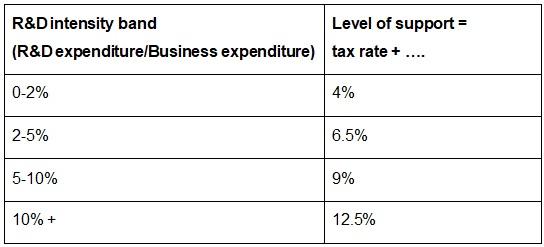Budget announces changes to the R&D Tax Incentive: What you need to know
Sarah Lander - Michael Johnson Associates
 The 2018 Budget announced a series of proposed changes to the R&D Tax Incentive that are intended to come into effect on 1 July 2018.
The 2018 Budget announced a series of proposed changes to the R&D Tax Incentive that are intended to come into effect on 1 July 2018.
In summary, the changes see the R&D tax offset rates linked to prevailing company tax rates and, for some, a demonstrated R&D intensity; a limit applied to the annual cash refund available; and a series of integrity measures introduced.
It’s fair to say that the R&D tax program may get a whole lot more complicated if the changes pass as proposed. But there is one positive; the definition of R&D has not changed.
Below I have summarised the details of some of the key proposed changes.
Refundable R&D Tax Offset - claimants with annual group turnover of < $20m
- Change to the level of support available to the company’s tax rate plus 13.5%
- Introduce a $4m cap on cash refunds (except for clinical trials). Any amounts in excess of the cap can be carried forward into future income years as a non-refundable offset
Non-Refundable R&D Tax Offset – all other claimants
- A reduction for most companies to the level of support based on a complex, sliding-scale regime of benefit determined by a company’s R&D intensity calculated as follows

The rate to be applied relates only to that R&D expenditure falling within the R&D intensity band.
Revise the cap of eligible R&D expenditure up to $150m.
It’s important to note the proposals have not yet been legislated and we are looking forward to a vigorous political debate about the R&D tax program.
Should you wish to discuss this matter further, please do not hesitate to contact Sarah Lander from MJA on 0418 430 378 or sarah.lander@mjassociates.com.au

